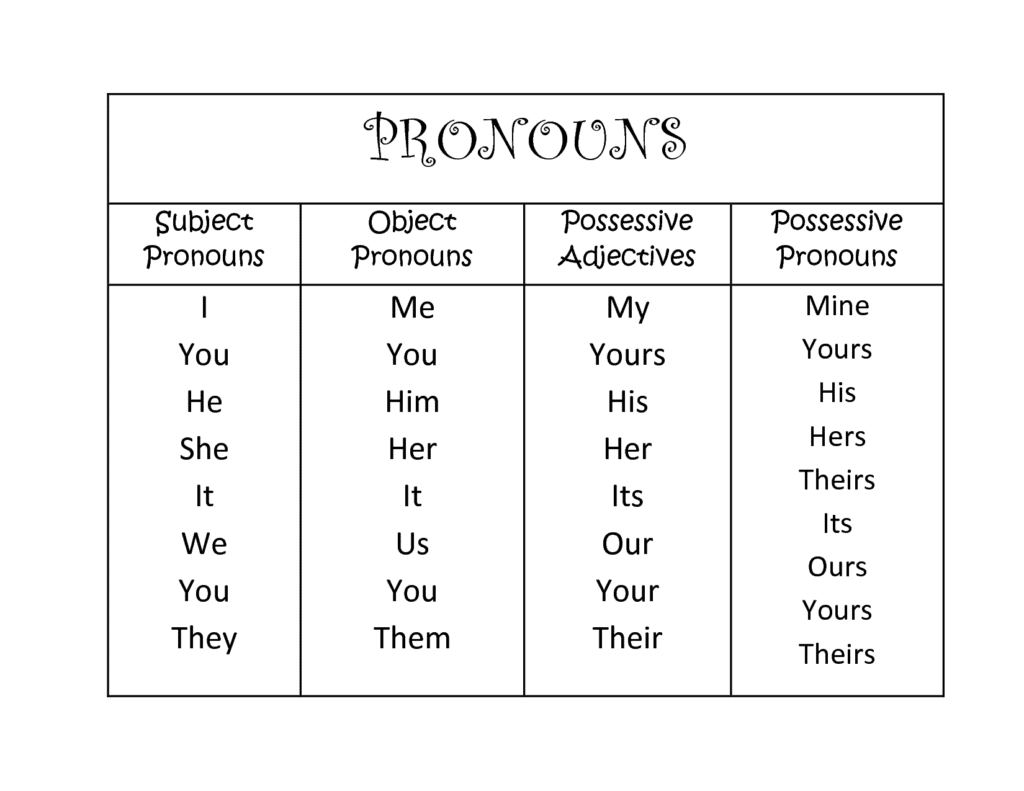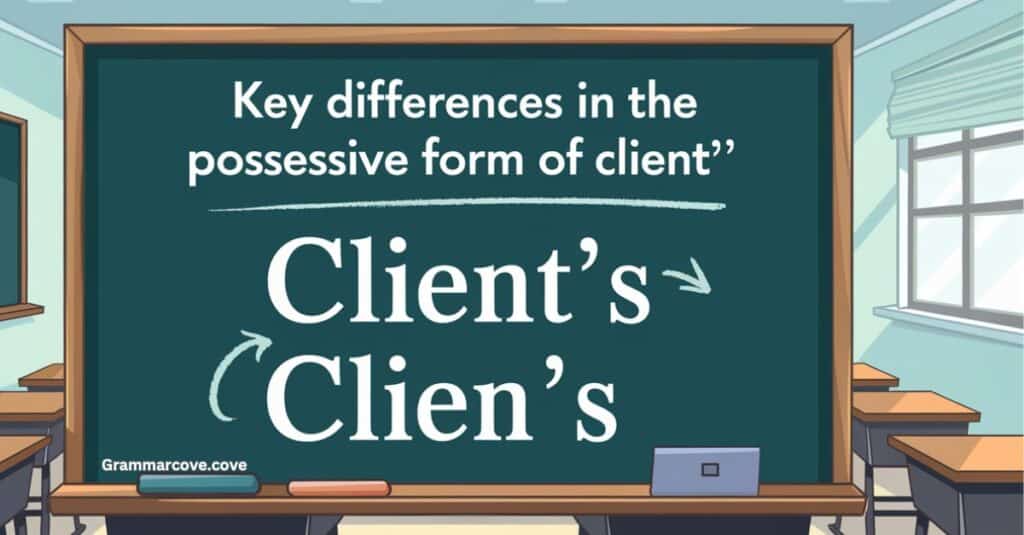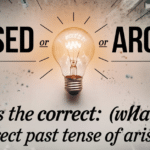In business and professional writing, using correct grammar is not just about following rules; it’s about effective communication. Whether you’re writing a formal email, a business proposal, or even a thank-you note, small grammatical nuances can make a world of difference. One such critical aspect is the correct use of possessive forms, especially when dealing with terms like client’s, clients’, or clients. Knowing when and how to use these possessive forms enhances your professionalism and clarity, and in this article, we will thoroughly explore their proper usage.
We’ll also tie in ways to express gratitude in business communication by demonstrating how to apply professional thank-you phrases and polite ways to thank someone in written formats such as emails or reports. By the end of this guide, you’ll have a firm understanding of possessive forms and how to apply them in various business contexts.
A Guide to Possessive Forms and Their Usage

When communicating in a corporate setting, understanding the correct usage of client’s, clients’, or clients is crucial. Using the wrong form can drastically change the meaning of your message, leading to potential confusion or misinterpretation. Misusing these forms in emails to colleagues, clients, or supervisors might undermine your professionalism, even if your intention is clear. So, what do these forms mean, and when should they be used?
Let’s start with the fundamentals:
- Client’s (with an apostrophe before the “s”) indicates that something belongs to one client.
- Clients’ (with an apostrophe after the “s”) means that something belongs to multiple clients.
- Clients (without an apostrophe) is simply the plural form of client and is used when referring to multiple clients without indicating possession.
Once you grasp the distinctions between these forms, you’ll be able to write with more confidence and precision, avoiding common mistakes that could otherwise lead to misunderstandings in your workplace.
The Basics: Clients vs. Client’s vs. Clients’

Let’s break down these terms into simpler explanations.
Clients – Plural, Non-Possessive Form
The word clients is the plural form of client, meaning more than one client, but it does not show possession. This form is used when you are talking about clients in general, without indicating ownership of anything. For example:
- “Our clients are happy with the services we provide.”
In this sentence, the word clients is plural, referring to multiple clients. However, it does not suggest that these clients possess anything.
Client’s – Singular Possessive Form
The singular possessive form of client is client’s, which shows that something belongs to one client. The apostrophe before the “s” indicates possession. For example:
- “The client’s feedback helped us improve our marketing strategy.”
Here, client’s shows that the feedback belongs to one client. This form is common in professional communication when you are referring to something that one specific client owns or has control over.
Clients’ – Plural Possessive Form
The plural possessive form clients’ is used when something belongs to multiple clients. The apostrophe comes after the “s” in this case, signaling possession for more than one client. For example:
- “We implemented changes based on our clients’ suggestions.”
This sentence shows that the suggestions came from more than one client.
Understanding the difference between these three forms is crucial in ensuring clarity in your writing, especially in formal communication settings like business emails, reports, or presentations.
Understanding the Singular Possessive Form: Client’s

Let’s dive deeper into the singular possessive form, client’s. As mentioned earlier, this form is used to show that something belongs to one client. This might include a client’s feedback, suggestions, project, or contract.
For example:
- “The client’s project was completed ahead of schedule.”
In this sentence, the project belongs to one client, and the apostrophe plus “s” shows that possession clearly.
Using the singular possessive form is common when you are discussing a specific client and the things associated with them, such as their documents, contracts, or feedback. When writing professional emails, it’s important to ensure that you’re showing the correct ownership and possession, particularly when dealing with individual clients.
In formal business writing, where every detail counts, being precise with possessive forms is vital. A misplaced apostrophe could convey the wrong meaning, impacting your business communication.
Scenario 1: Singular Possessive in Action
Now let’s see how you might use the singular possessive form client’s in a business email. Imagine you’re writing to your manager about a specific client’s feedback:
Subject: Feedback from the Client
Dear James,
I wanted to share the client’s feedback from our last meeting. The client’s primary concern was the timeline for the next phase, which they feel is a bit tight. I’ve attached a detailed report for your reference.
Please let me know if you would like to discuss this further.
Best regards,
Emily Roberts
In this email, you can see that client’s is used to show possession in two instances: the client’s feedback and the client’s primary concern. This is an example of using formal acknowledgments at work to express gratitude and to communicate feedback from a client.
Understanding the Plural Possessive Form: Clients’
Now, let’s move on to the plural possessive form, clients’. This form shows that something belongs to more than one client. In business settings, this form is frequently used when referring to feedback, contracts, or concerns from multiple clients. For example:
- “The clients’ feedback was overwhelmingly positive.”
In this sentence, the feedback belongs to multiple clients, and the apostrophe after the “s” signifies that possession.
Using the plural possessive form in corporate writing helps you refer to groups of clients collectively. When talking about a general client base, plural possessive forms are key in expressing professional gratitude language while maintaining accuracy in your writing.
Scenario 2: Plural Possessive in Action
Let’s look at how you might use clients’ in an email or report. Imagine you’re writing a summary to your team about feedback received from multiple clients after a project:
Subject: Summary of Client Feedback
Team,
I wanted to provide an overview of our clients’ feedback from the recent project. Overall, our clients’ responses were very positive, particularly regarding the improved communication and faster turnaround times. There were, however, a few concerns about the delivery schedule that we should address in our next meeting.
Thanks for your hard work and for taking the clients’ concerns seriously. Let’s continue to strive for excellence in all we do.
Best regards,
Michael Johnson
In this example, clients’ is used multiple times to show possession related to feedback from more than one client. The plural possessive form is essential here to avoid any misunderstanding that this feedback is coming from a group of clients, not just one. This reflects business etiquette for thanking clients while maintaining professionalism in your communication.
Differentiating Clients vs. Client’s vs. Clients’: When to Use Each

Having covered the basics, let’s take a closer look at when and how to use clients, client’s, and clients’. Here’s a summary:
- Clients: Use this when you’re referring to more than one client, but you’re not showing possession.
- Client’s: Use this when you’re talking about something belonging to one client.
- Clients’: Use this when something belongs to multiple clients.
Clients: Non-Possessive Plural Form
When writing about multiple clients but without indicating possession, you should use clients (no apostrophe). This form is appropriate when you are referring to the clients themselves as a group, not to something that they possess. For example:
- “We are conducting a survey to better understand our clients’ needs.”
In this sentence, clients refers to a group of people without showing possession. You’re not referring to something that belongs to them; instead, you’re talking about them as a whole.
Client’s: Singular Possessive Form
Use client’s when you want to show that something belongs to a single client. The apostrophe before the “s” indicates ownership. Here’s another example to demonstrate:
- “The client’s feedback was the key factor in our decision-making process.”
In this case, it’s clear that the feedback belongs to one client.
Clients’: Plural Possessive Form
When you’re referring to something that belongs to more than one client, use the plural possessive form, clients’. The apostrophe after the “s” shows possession for multiple clients. Here’s another example:
- “We received our clients’ approvals to move forward with the project.”
The approvals come from multiple clients, and this is clearly shown by using the plural possessive form.
Key Differences in the Possessive Form of “Client”

To summarize, here are the key differences between clients, client’s, and clients’:
- Clients: Multiple clients, but no possession.
- Client’s: Something that belongs to one client.
- Clients’: Something that belongs to multiple clients.

Conclusion: Polished Professional Writing
Understanding the differences between clients, client’s, and clients’ is essential for polished, professional writing. Whether you’re writing business emails, proposals, or reports, proper grammar shows attention to detail and respect for your readers.
Incorporating correct possessive forms in your communication reflects professionalism and ensures your message is clear and concise. This practice also builds trust with your clients, demonstrating that you’re not just focused on business success but also on delivering effective and respectful communication.
By mastering these small but significant grammatical distinctions, you’ll elevate your business writing, enhance your communication skills, and convey messages that are both clear and professional.

Steel Morgan is an experienced blogger passionate about language and writing. On Grammarcove. he shares his expertise in grammar, punctuation, and effective communication, making complex rules simple and accessible for readers. With a knack for clear explanations and engaging content, Steel aims to help others master the art of language.







